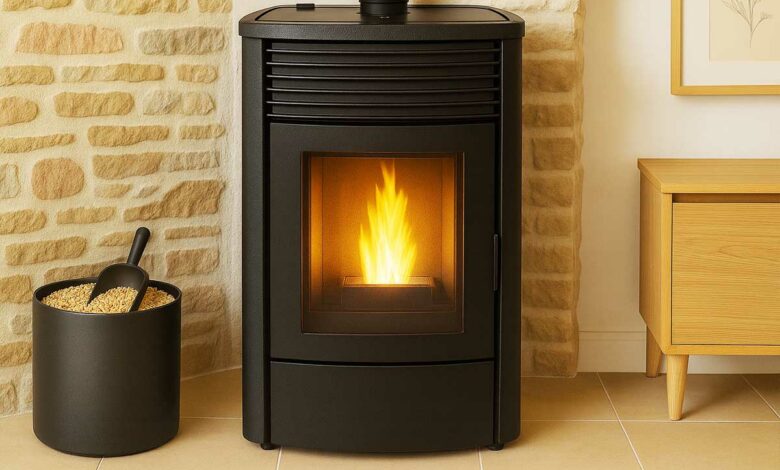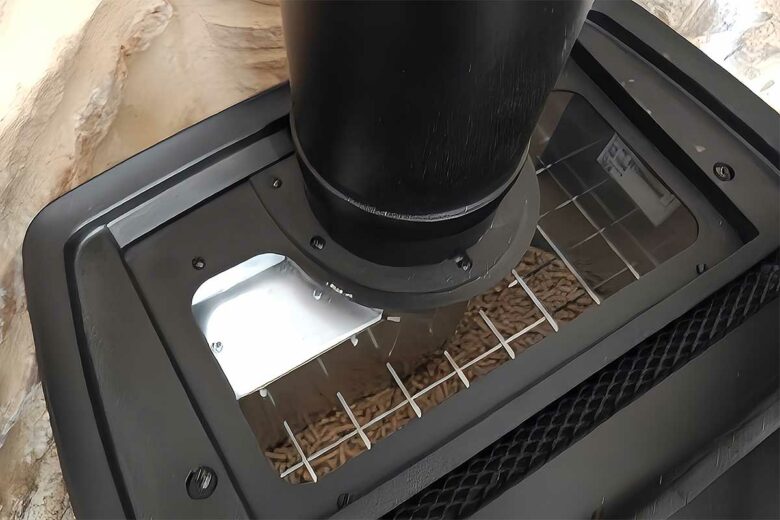Pellet stove without electricity: autonomous, silent and smart heat for isolated areas and winter power cuts, without fans or electronics.

This winter, you might opt for a pellet stove , like nearly 2 million households according to Propellet ! Practical, ecological and economical, pellet stoves nevertheless have a drawback: that of depending on electricity! Don’t panic, manufacturers have thought of everything, notably by offering autonomous pellet stoves, which therefore operate without electricity. In addition, these devices cost less than classic, electronic models. Generally, expect to pay between €1,500 and €4,000, depending on the model and finish. But, they have an advantage, they do not require an electrical connection, and rely solely on mechanics and gravity . An ingenious solution that is particularly interesting for those who live in isolated areas or who experience frequent power outages. But, then, is it really a good alternative to the classic pellet stove? Some answers are in this article.
A pellet stove without an electrical outlet, strange?
At first glance, the idea may seem strange: how can a pellet stove, supposed to work with fans, sensors and electronic cards, do without electricity ? Well, let’s get back to basics. The tank is placed above the fireplace, and the pellets descend by simple gravity into the brazier . No automatic ignition, no sophisticated programming: you strike a match, and off you go. Combustion is then managed manually thanks to an adjustable air intake, exactly like on a wood stove. The difference with the latter is that the pellets ensure autonomy for several hours without too frequent refilling. No need to get up every 45 minutes to replace a log: a single refill can be enough for the day. Pretty practical, right?

What are the advantages of choosing this type of stove?
The pellet stove without electricity is firstly appealing for its energy independence . No more stress during a power outage : the heat continues to diffuse, naturally and silently. Then, it is also very reliable. Fewer electronic parts, fewer motors, less risk of breakdowns and therefore less repair costs. In terms of performance, the efficiency is around 85%, which remains very good (above the log stove, a little below the classic pellet stove). Finally, its operation is particularly quiet: no fan whirring in the living room, only the crackling of the fire.
Quick comparison of heating solutions
When in doubt, it is always useful to compare:
